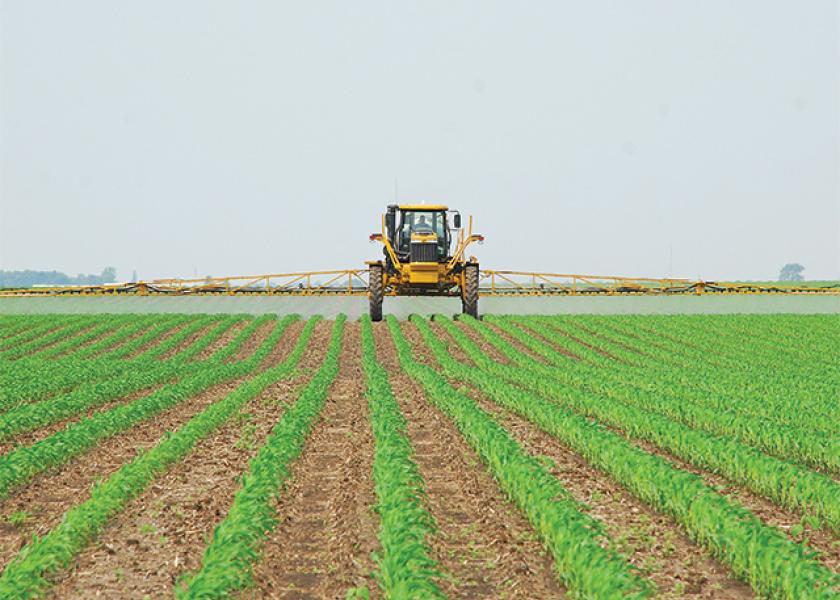From Pharmaceutical to Farm

As technology improves, life is changing. You’re not searching for a payphone to let your family know you made it safely, you’re reaching into your pocket and sending a quick text. You’re not throwing blanket fertilizer treatments across all of your fields; you’re catering applications to each field’s need.
It’s not just your life and way of operating that have evolved. The companies that provide you with seed, chemicals and other inputs have changed the way they operate and research the innovations you’ll eventually see on the market, too.
As better screening and automatic technology becomes more available, don’t think it’ll only be the biggest manufacturers that bring new products to market. Startups are using new methods that have proven successful in other industries to create novel products quickly and economically.
“We looked for technologies that are actually being used in the pharmaceutical sector,” says Jacqueline Heard, Enko Chem CEO. “If you look 30 years ago, the pharmaceutical companies were in the same position where ag is today. Their pipelines were empty. Their new technologies then revolutionized the way small molecule drugs were discovered and developed.”
The Massachusetts-based startup focuses on using target-based approaches to identify new molecules that can be used in crop protection products. These include herbicides, fungicides and insecticides. Instead of screening thousands of molecules for activity on pests or surrogates, Enko rapidly screens hundreds of billions of molecules for activity on a target protein.
“The target-based approach allows us to focus on things like novel modes of action that will be critical in fighting resistance,” Heard says. “For example, we can take a mode of action and use that target protein from that pest and screen a massive library to find new molecules. This leverages technology used in the pharmaceutical sector called DNA encoded libraries.”
This method provides the company with more starting points that have research backing them because of what’s already known about the target proteins. Their screening also looks for safety information and can quickly screen out candidates that likely won’t pass regulatory processes, such as EPA requirements.
“We haven’t taken a product all the way to market yet, but we anticipate time savings,” she says. “Today it takes about 13 years [to bring a new crop protection product to market], and we think we can get that down to nine.”
They also think they can drop the price of bringing a new small molecule crop protection product to market from about $300 million to $130 million. Their business is semi-virtual, one of the ways in which they see cost savings. In addition, trimming the number of years it takes to bring a product to market provides significant savings.
Internal Collaboration Opportunities
Agriculture giant Bayer might be a goliath in the world of crops, but the company’s roots are in pharmacy. With its recent acquisition of Monsanto and commitment to finding innovations that benefit farmers, the company is expanding its research in ag products, including crop protection chemicals.
“We’ve been applying a lot more data to the question of potential candidates or families of chemistries,” says Bob Reiter, head of research and development for Bayer. “Biological insights, data from some modeling systems, data from prior screening campaigns, knowledge of modes of action and even data from other organisms.”
This information combined with data analytics and artificial intelligence gives them what Reiter calls ‘smarter’ starting points. In addition, Bayer’s position in pharmaceuticals puts them in a unique spot for collaboration and time savings by sharing data between the two businesses.
“With drug discovery you have to screen and quickly transition into some sort of clinical trialing to understand the overall safety of the product,” Reiter says. “There are parallels in ag research and we can take advantage of some of the human pharmaceutical data. We share our chemical libraries between divisions.”
Ultimately, crop protection products have higher safety standards because they interact with more than just plant, animal or human or systems — they impact the environment.







